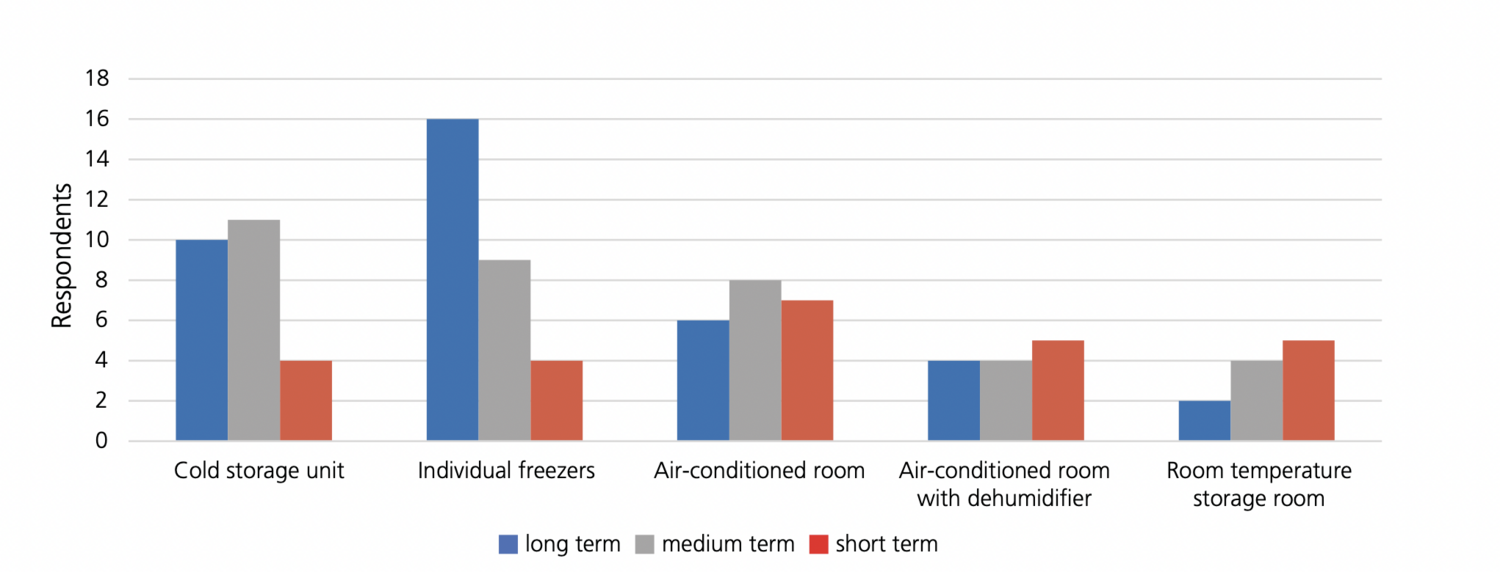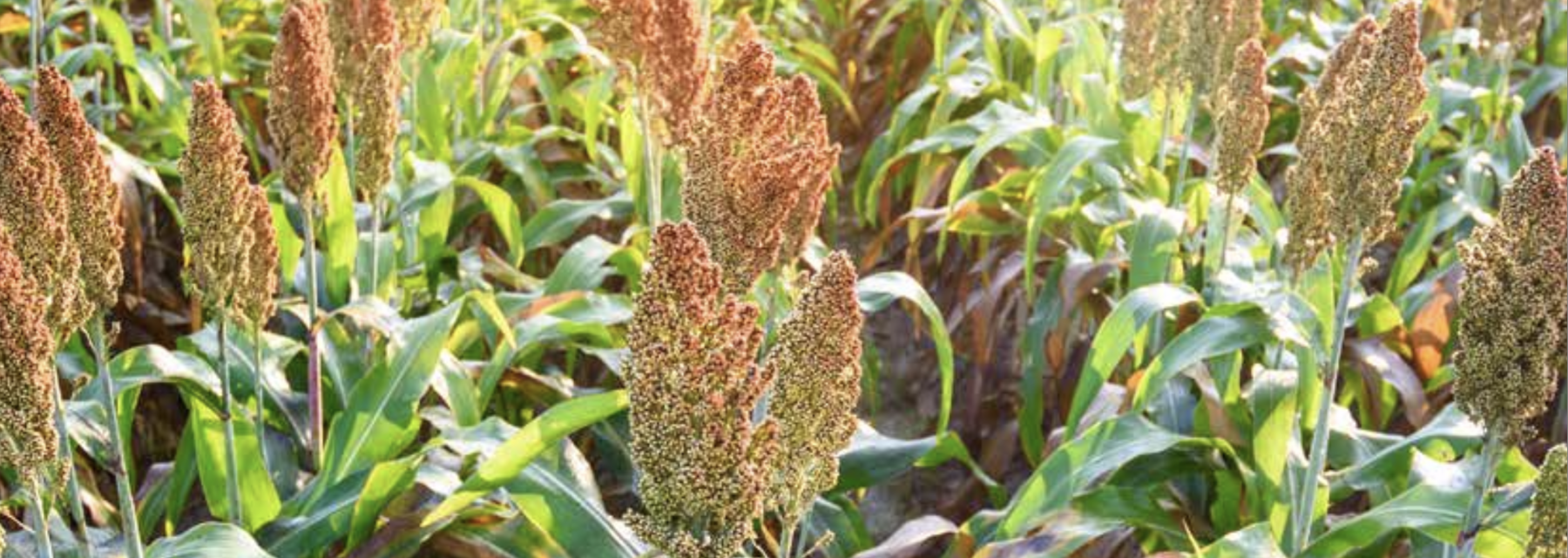Global Strategy for the Conservation and Use of Sorghum (Sorghum bicolor (L.) Moench) Genetic Resources
The objective of the update of the 2007 global strategy for sorghum was to consider changes in the global context in terms of the security of conservation and enhanced use of ex situ collections. This reassessment was used to identify priority global actions to address remaining vulnera- bilities and enhance global collaboration. The update is based on a background study, a survey of 371 institutions on the status of conservation and use of their collections, an analysis of the current accession-level composition of sorghum collections and consultation with users.
Size of collections and their location
In consolidated FAO-WIEWS/Genesys database there were 259,595 accession conserved in genebanks. The map below show the size and location of the collections.
Ex-situ holdings: biological status
The chart shows the number of Sorghum accessions by biological type. The data was retrieved from open databases (Genesys and WIEWS).
Acccessions by regions
The bars show the number of accessions of cultivated and wild Sorghum species by regions where they are stored (i.e. the location of the genebanks).
Conservation infrastructure
The chart below shows the types of storage used for sorghum seed conservation (data from 2021 survey). Unfortunately, a small number of institutes stored seed at ambient temperatures. These lower-standard storage units would not be considered secure for long-term storage but could be adequate for some purposes.

Safety duplication
The table below shows the number of genebanks with less than 50% or more than 50% of the accessions safety duplicated at other sites (data from 2021 survey). The lack of adequate safety duplication for many of the accessions conserved around the world is a key vulnerability that still needs to be addressed.

Sorghum diversity tree.
A diversity tree is a representation of the overall structure of crop diversity obtained by dividing the diversity within a crop genepool in a hierarchical manner. The structure of the tree is based on published information and consultation with experts.
Recommendations for priority actions
Three strategic initiatives have been identified from the survey and the consultations, along with the key actions required:
1.Secure conservation of sorghum genetic resources for the long term by:
- Increasing the security of ex situ conservation by improving routine operations, facilities, and safety duplication in key national genebanks
- Identifying duplicates across genebanks and gaps in the conservation of unique diversity in ex situ collections and in farmers’ fields and natural areas
- Conserving research materials
- Enhancing global engagement among conservers
- and between conservers and users
- Advocating for the importance of sorghum and its conservation to the public, local governments and communities, policy makers and other research communities to increase awareness and financial support.
2. Increase the availability and exchange of sorghum germplasm by:
- Increasing the quantity, quality, and viability of seed available for distribution from genebanks
- Identifying key administrative, technical and policy bottlenecks to distribution in different genebanks, and then find solutions.
3. Increase the use of conserved genetic diversity by:
- Improving access to accession-level information that meets the needs of users, preferably online
- Increasing evaluation (via phenomics) and genotyping with input from users to facilitate use
- Continuing to establish and make available core collections and other subsets to facilitate the discovery and use of valuable traits
- Enhancing engagement between genebanks and a wide range of users, including researchers and farmers.
Partners and donor
The development of this crop conservation strategy was funded by the German Federal Ministry of Food and Agriculture (BMEL) as part of the three-year project led by the Crop Trust: Breathing New Life into the Global Crop Conservation Strategies: Providing an Evidence Base for the Global System of Ex Situ Conservation of Crop Diversity. The Crop Trust also cooperated with the Secretariat of The International Treaty on Plant Genetic Resources for Food and Agriculture (ITPGRFA) in the development of this document.




